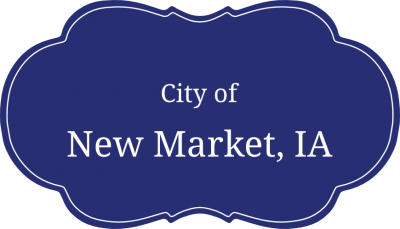Boil Notice
Difference Between Boil Advisory and Boil Notice
A boil water advisory is a public statement issued by a utility no later than 24 hours after learning of a microbial water quality violation, such as excess levels of indicator organisms that can follow a water main break, or during situations that may pose a risk to public health like natural disasters, pipe replacement programs, or treatment plant software failures. These can all potentially contaminate the water distribution system. Notifications are typically spread through social media, news media, the local water utility’s website, phone calls, or emails and warn affected consumers to boil (and allow to cool!) tap water before drinking.4 It is important to emphasize that an advisory does not necessarily mean that the tap water is contaminated. Rather, it means that the water could be contaminated, and that the public should take precautionary measures, especially the elderly, very young, or those with a weak immune system. In contrast, a boil water notice is issued when contamination in a water system is confirmed. Advisories and notices remain in effect until publicly lifted by the utility (typically for at least 24 hours), following water quality test results that demonstrate the tap water is safe to drink or use.
What should homeowners do when the boil water notice is lifted?
- Flush household pipes/faucets first: To flush your plumbing, run all your cold water faucets on full for at least 5 minutes each. If your service connection is long or complex (like in an apartment building) consider flushing for a longer period. Your building superintendent or landlord should be able to advise you on longer flushing times.
- Automatic ice makers: Dump existing ice and flush the water feed lines by making and discarding three batches of ice cubes. Wipe down the ice bin with a disinfectant. If your water feed line to the machine is longer than 20 feet, increase to five batches.
- Hot water heaters, water coolers, in line filters, and other appliances with direct water connections or water tanks: Run enough water to completely replace at least one full volume of all lines and tanks. If your filters are near the end of their life, replace them.
- Water softeners: Run through a regeneration cycle.
- Reverse Osmosis (RO) units: Replace pre-filters, check owner's manual.
- Replace other water filters, as they are disposable and may be contaminated. This applies especially to carbon filters and others that are near the end of their life.
- Cold Water Faucets:Before using the water line for drinking, brushing teeth, making ice cubes, food preparation etc., make sure it is safe to use and clear from any forms of contamination. Turn on the hot water tap and let it run until water becomes cold. You should also open all cold water lines such as faucets, fountains, showers and water taps and run them for five to ten minutes.
- Hot Water Faucets:Turn all faucets to hot water and let it run to flush pipes for 15 minutes, the bigger the water tank the longer time is needed to flush water tap. Once done, hot water is now safe for use when doing hand washing or dish washing.
- Dish Washing:As soon as water lines have been flushed, hot water pipes can now be used on the dishwasher. Remember to empty dishwater before using.
- Food Preparation:Get rid of foods washed or prepared with water before and during the boil water advisory. Disinfect cooking pots and any cooking items before using them.
- Coffee Makers, Food Dispensers and Beverage Machines:Flush equipment like food dispensers and beverage machines with clean water and follow the instruction manual on how to disinfect or clean the machine.
- Water Treatment Device:Replace water filters, water cartridges, faucet screens and aerators on all taps used as water treatment and filtration devices. When in doubt, it is always best to clean, sanitize and disinfect any of these devices before using water again.
- Private Water System:If you are using a private water system, contact any of the public water safety officers working in your area to test the water system and check all water pipes.
- Expect that there may be a lack of water pressure, as well as discolored water, after boil water advisory is lifted. This is normal and will not cause any health risks. Most nearby residents will be flushing their lines and disinfecting their equipment, so these side effects are common.
Related Documents
-
Boil Notice Information
- Instructions Post Boil Alert ( DOCX / 16 KB )
- DNR Freq Asked Questions ( PDF / 586 KB )
- Boil Notice vs Advisory ( PDF / 425 KB )

